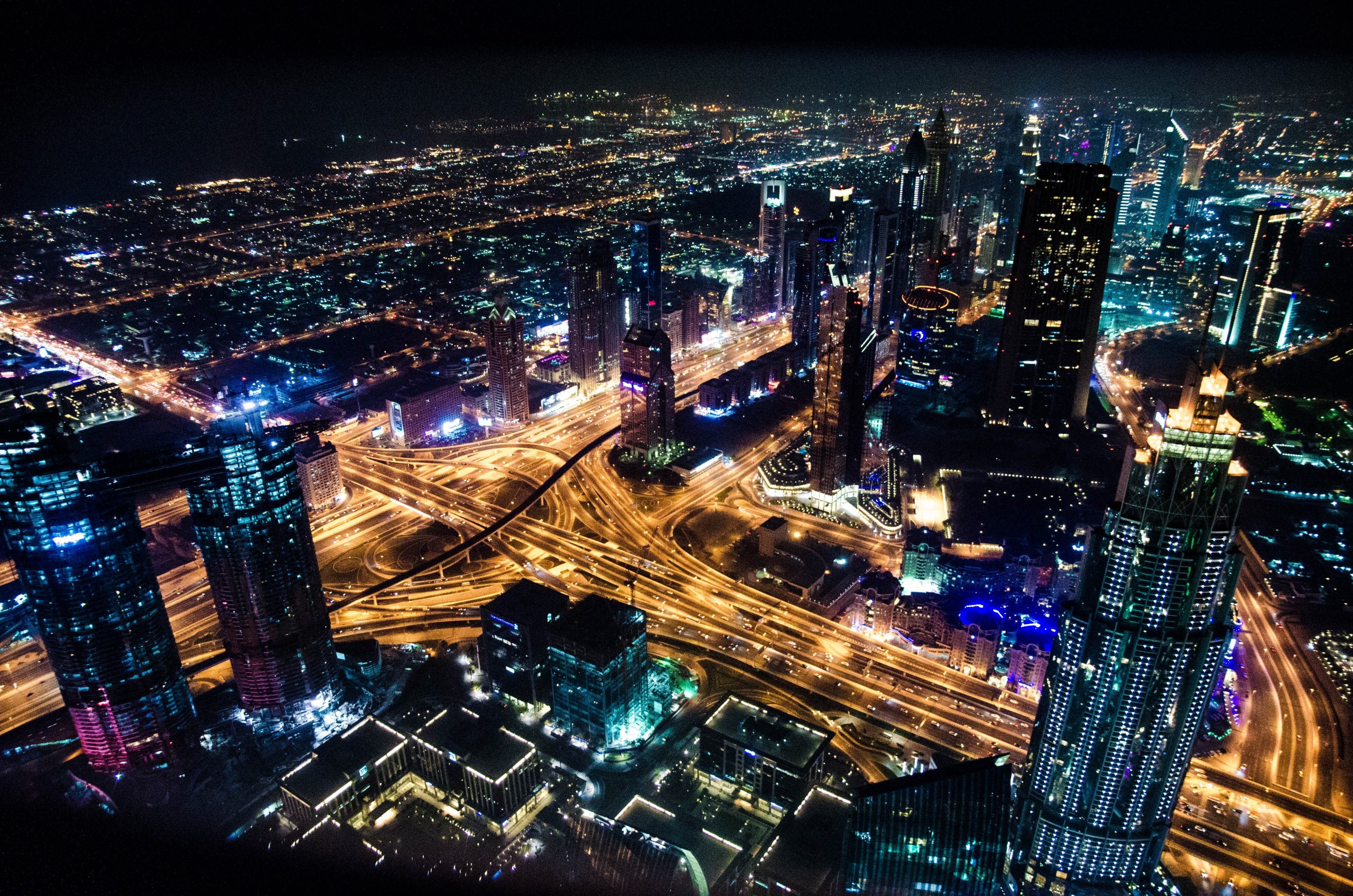Lighting is an essential component of any office space, contributing not only to visibility but also to the overall mood and productivity of the work environment. However, lighting solutions can often be energy-intensive, thus affecting both operational costs and the planet. In this blog post, we’ll delve into the energy consumption associated with office lighting, explore more energy-efficient options, and offer practical tips for reducing your energy usage.
How Much Energy Does Office Lighting Use?
Traditional incandescent bulbs consume approximately 60 watts per hour, while compact fluorescent lamps (CFLs) and light-emitting diodes (LEDs) consume around 13-15 watts and 8-10 watts per hour, respectively (Energy Saving Trust, UK).
Quick Fact: If an office has 100 traditional incandescent bulbs running 8 hours a day, 5 days a week, the annual electricity cost would be approximately £1,500, assuming a rate of £0.15 per kWh.
Energy-Efficient Lighting Options
LED Lights
LED lighting is quickly becoming the go-to solution for energy-efficient lighting. According to the European Commission, LEDs use up to 80% less energy than traditional lighting solutions and have a longer lifespan.

Smart Lighting Systems
Smart lighting systems enable you to control the lighting in your office remotely and can automatically adjust brightness levels based on natural light or occupancy.
Energy-saving tip: Look for smart lighting solutions that have received certifications for energy efficiency, such as the EU Energy Label.
Tips for Reducing Energy Consumption
Make Use of Natural Light
Whenever possible, take advantage of natural daylight. Not only is it energy-efficient, but natural light also has positive effects on employee well-being and productivity.
Turn Off Lights When Not in Use
Educate your staff to turn off lights when leaving a room. Even better, install motion sensors that automatically turn lights off when a room is unoccupied.
Use Task Lighting
Instead of brightly lighting an entire room, focus the light where it’s needed most. Task lighting solutions can reduce overall energy consumption.
Regular Maintenance
Dirty or dusty bulbs and fixtures can absorb light and reduce lighting efficiency. Regular cleaning can improve the effectiveness of your lighting solutions.
Use Light Colours on Walls and Ceilings
Light colours reflect more light, thereby reducing the need for additional lighting. Consider this when decorating your office space.
Summary
Lighting plays a critical role in office settings but can also be a significant source of energy consumption. By understanding your lighting’s energy footprint, you can take proactive steps to reduce both your energy bills and your impact on the environment. Opting for energy-efficient lighting solutions like LEDs or smart lighting systems, utilizing natural light, and adopting good energy habits can result in substantial energy and cost savings. It’s a win-win for both businesses and the planet.
